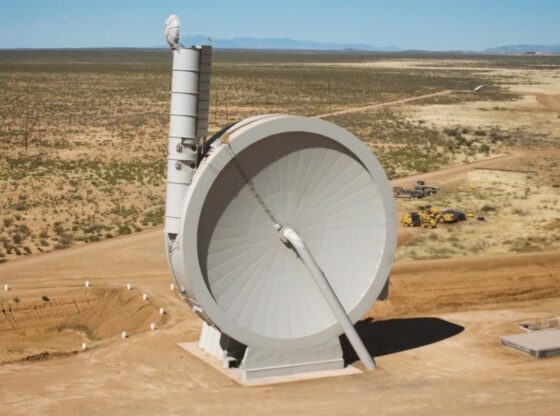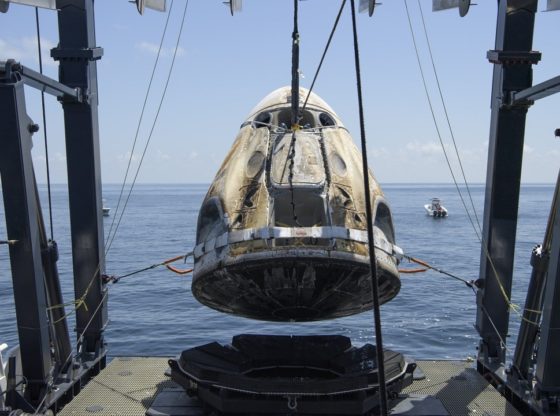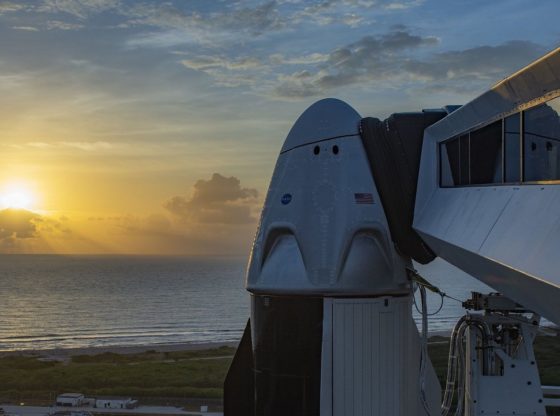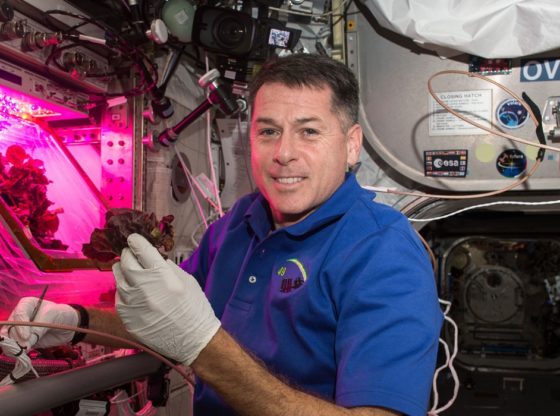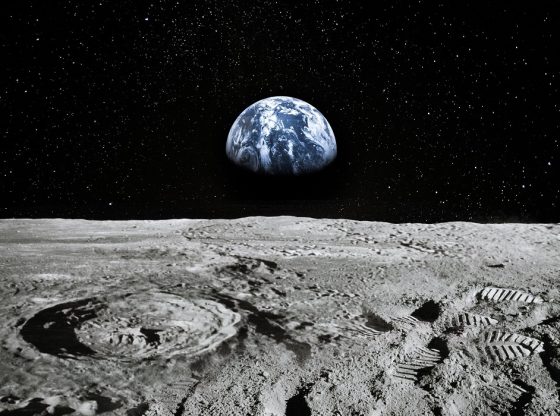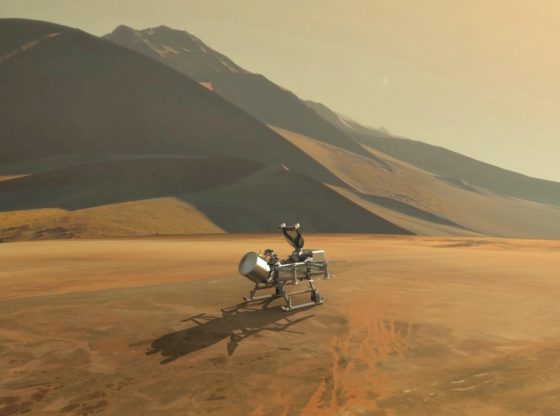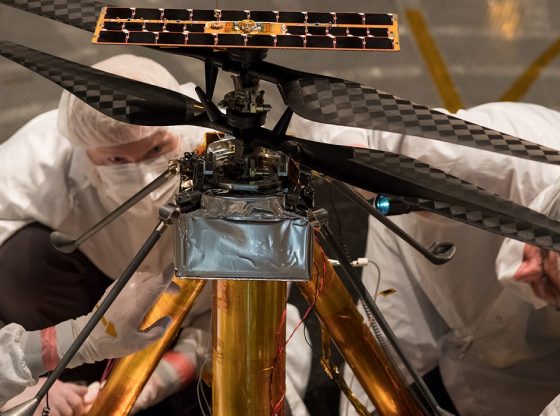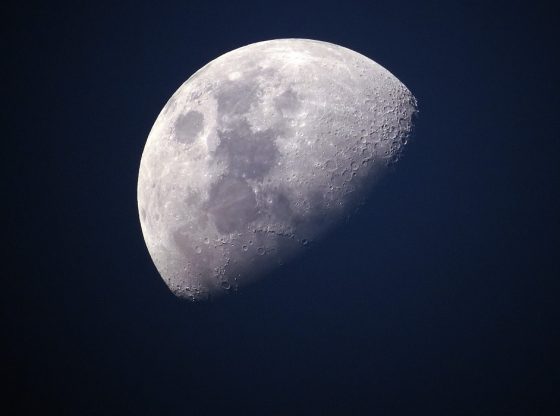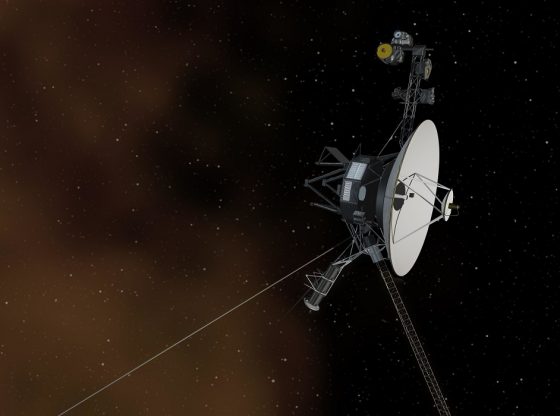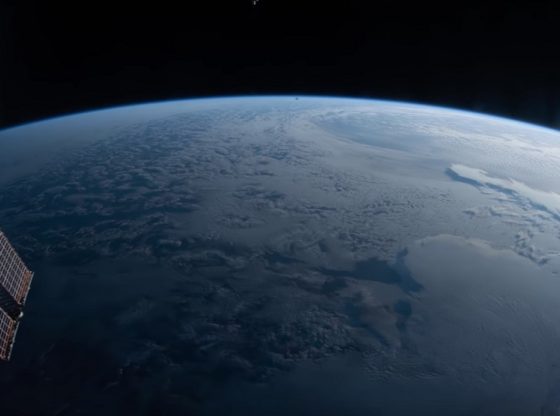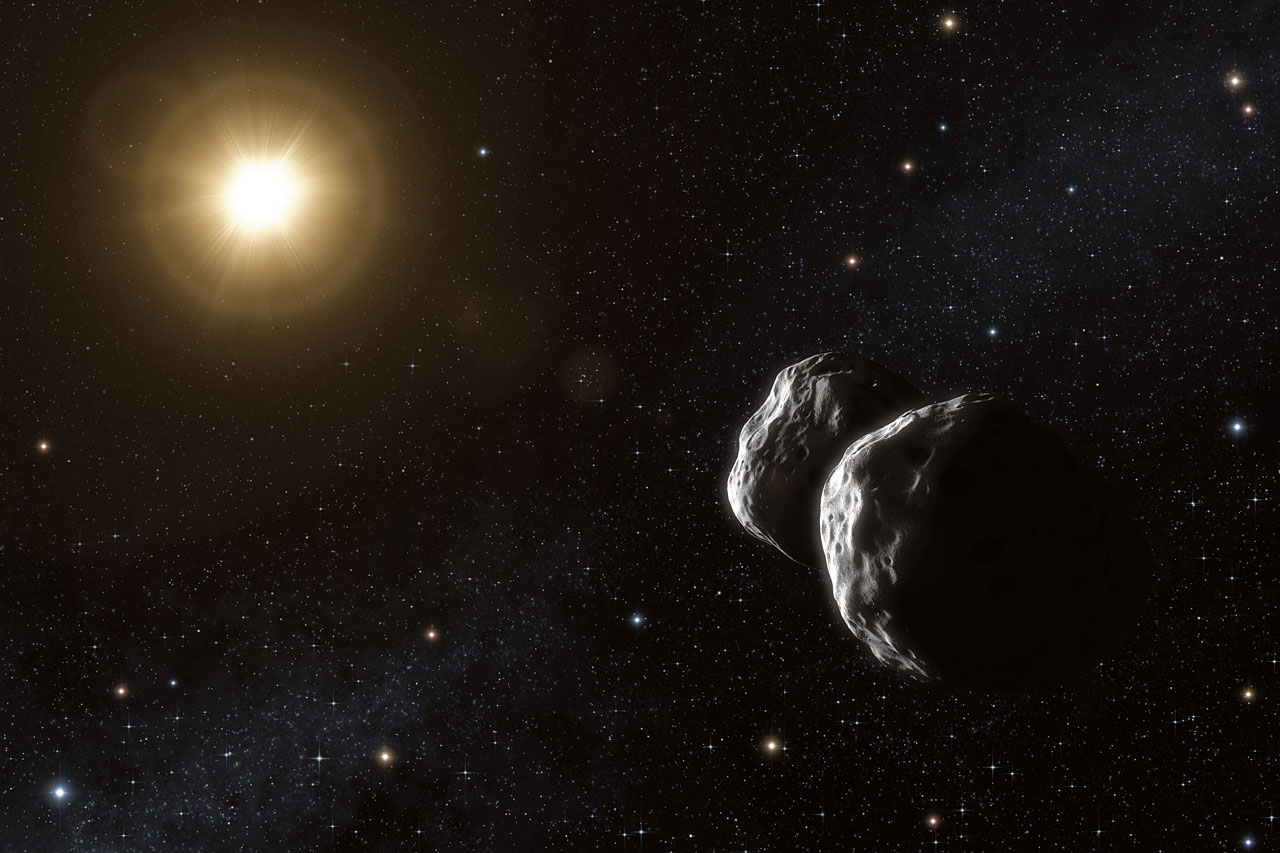
A couple of months ago we wrote about the NASA plan to move an asteroid, turning it into a “space station” orbiting the moon and this ambitious plan was green-lit by the White-house this week.
Keck Institute
First proposed by scientists at the Keck Institute in California, the plan was first presented for NASA to go and capture a 500-ton asteroid with a width of 7 to 10 meters, relocate it and turn it into a “space station” orbiting the moon.
NASA then continued to work on the idea outlined as follows; a so-called asteroid capture capsule will be carried to space via an Atlas V rocket, it will then travel to the asteroid and tow it using its own thrusters, relocating it to between the Earth and the Moon.
It would be the first time a celestial object has ever been moved by humans.
The original plan by the Keck Institute is to make the capture in 2017 already, the spacecraft will then tow it for two years into its new location orbiting the Moon. The idea is then for astronauts visit the asteroid in 2021.
Budget
It was uncertain however if The White House’s Office of Science and technology were to approve the £ 1.6 billion plan, but the budget was approved this week and is a part of President Barack Obama’s proposed federal budget for the next fiscal year.
Florida Senator Bill Nelson writes in a statement; “In a nutshell, the plan in NASA’s hands calls for catching an asteroid with a robotic spacecraft and towing it back toward Earth, where it would then be placed in a stable orbit around the moon,”. This implies that NASA gets an increased budget by 650 million dollars per year.
The mission would be a stepping stone for later exploration and development in space. As the mission would achieve it goals, it will provide a threefold foundation for the future; the possibility the asteroid being a launch pad for future Mars missions, to test and research the ability to extract minerals from asteroids and also to be a test bed providing experience managing asteroids with the risk of these colliding with Earth.
The asteroid that is to be selected will be indeed be selected with care and the scientists have promised that the asteroid will not pose a threat to the Earth. For this reason, the asteroid of choice will probably have the consistency of dried mud. Since such an asteroid, if it would the plunge towards the Earth, it would do so at a much slower pace than the asteroid that attacked Russia in February this year and would mostly break up during atmospheric entry.
The project will coincide with the Osiris-Rex project, with a spacecraft visiting the asteroid “1999 RQ36” in 2016, taking samples and returning these to Earth. With a broader goal for astronauts to land on a larger asteroid around 2025 and then to land on Mars in 2030.
Please see below for a video by NASA on the project.

